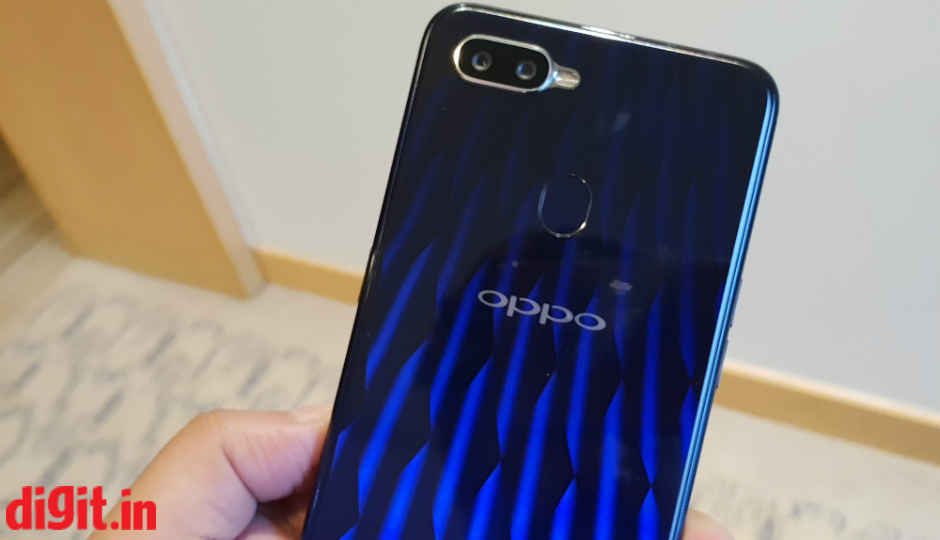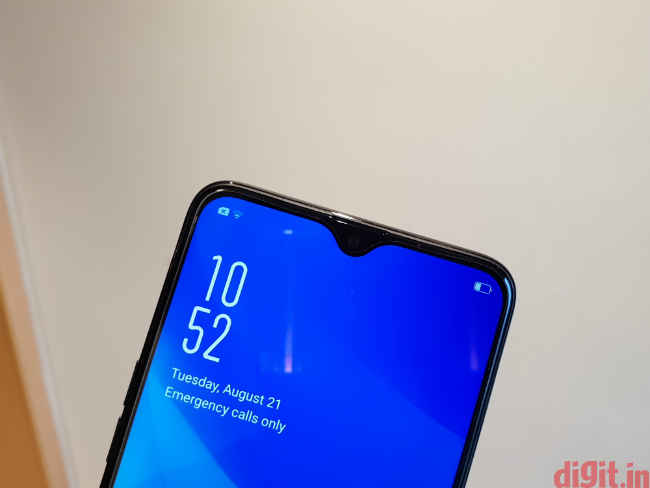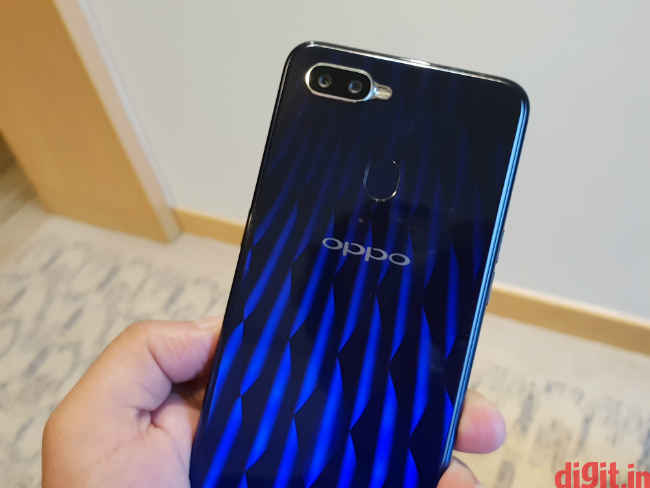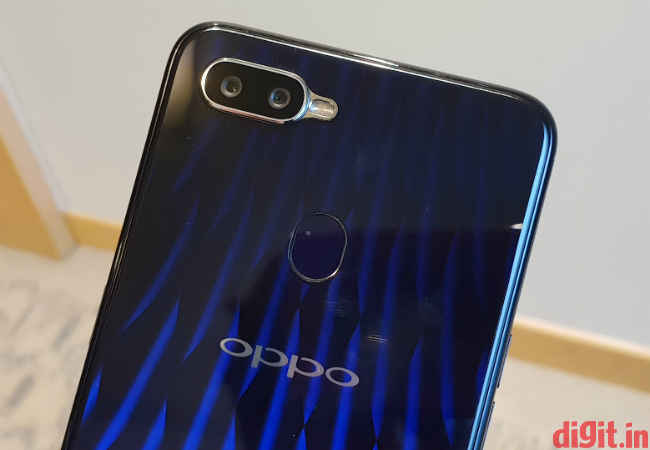Oppo F9 Pro First Impressions: More of a style statement than a performer?
The Oppo F9 Pro comes across as a beautifully crafted phone that takes the experimentation with the notch to the next logical level.

If there’s one feature that comprehensively sums up the evolution of smartphones in 2018, it’s the notch. Apple started it with the iPhone X last year and ever since, Jony Ive has been recruited as the chief product designer by almost all smartphone makers. From flagships to budget phones, the notch has been everywhere, so much so, that even after the initial hatred, it’s now an accepted feature on smartphones. Marketing teams have worked overnight to drive the message that if you want a full-screen display (of course, you do!), you have to live with the notch. An ugly cutout from the top that ruins the symmetry and the continuity of the panel. And we have seen notches of all kinds. Big and small. But there’s a new notch in the neighbourhood. And it comes sporting on the top of the Oppo F9 Pro.
 Survey
SurveyA notch apart
Called the ‘Watershed’ notch, it’s the bleeding edge of notch technology. It takes as much space as a droplet of water, relatively speaking. So you have almost the entire screen to yourself. 90.8 percent of it. Minimal interruption. Acceptable, almost. Right when I turned on the phone, the 6.3-inch IPS LCD panel seemed quite immersive. But then I played a YouTube video and the annoyance came rushing back. When the video zooms in to fill the screen, the notch cuts out the content in the shape of that water droplet. The notches before this at least cut out the video in a proper rectangle. This one simply intrudes into the video. So while it definitely makes the display look good, my initial impression of it is that it doesn’t really provide the immersive experience it promises when it counts.
Having said that, the Oppo F9 Pro looks beautiful from the outside. The unit I used for a while has the colours black and blue fused together with a diamond-shaped pattern uniformly covering the entire back surface. The diamond-shaped patterns are only visible when light reflects off it. It’s something similar to the treatment Huawei and Honor has been giving their phones, but at the same time, it stands out. The gradient isn’t as gradual as Huawei’s, it streaks off swiftly upon reflection. The camera unit has a bold stainless steel accent around it, while the frame itself is polished to a glossy finish complimenting the glass sandwich design. Surprisingly, the phone didn’t feel slippery at all for the little time I used it, even though I managed to smudge it just by holding it.
Old hardware, new UI
While the display and the design are certainly new, underneath the Oppo F9 Pro is the same old MediaTek Helio P60 chipset powering the phone. The same chipset powered the Oppo F7. Ideally, the next generation of a phone should bring better performance, but Oppo’s attention was elsewhere, it seems. In my initial impressions, it seemed decently responsive. You get 6GB of RAM and 64GB of onboard storage that can be expanded via a microSD card. Thankfully, you don’t have to choose between a second SIM card and expandable storage as it comes with a triple slot. The Oppo F9 Pro also runs an upgraded version of ColorOS. The new ColorOS 5.2 brings Google Lens integration to the camera, gesture navigation, more AI functions, and an overall maturity in UI design. The icons look less cartoonish and more functional for my taste, while the Settings menu is more organised.
AI in camera or camera in AI?
On the back of the Oppo F9 Pro is a dual camera unit arranged horizontally in the top left corner. The steel accents around it act as reinforcement for it. The primary camera has a 16MP sensor with f/1.8 aperture. Assisting it is a 2MP sensor with an aperture of f/2.4 to capture depth information. Machine learning thanks to the dedicated NPU of the Helio P60 SoC allows the camera to have AI capabilities like scene recognition and beautify which was there in its predecessor as well. But this time, it brings iPhone like portrait lighting effects to the table. How well it works can be answered only after in-depth sensing for our review. There is also a ‘Smart Scan’ app that can scan a document or translate a piece of text from Hindi to English and vice-versa, even when offline. I didn’t like the fact that it only supports one language for translation. A little more flexibility is what I’d have wanted ideally.
Up front is a 25MP camera, following the tradition of a strong focus on selfies. The camera has sensor-based HDR that apparently helps in controlling the backlight of selfies. It does help in tricky situations like taking a photo against a bright sky. Furthermore, there’s AI beautification that is almost the bread and butter of the company. It works similarly like the F9 Pro’s predecessors, in the sense that it adds a smoothening mask over your face. There’s a Super Vivid mode that dials up the contrast and saturation of the photos. Finally, there’s AR stickers that superimposes filters and characters on your face.
VOOC Charging = Dash Charging
Finally, there’s VOOC charging summing up the package. It is usually reserved for the Find series and the R-series. The technology is essentially the same as that of OnePlus’ Dash Charging — Less voltage and more current delivered through five layers of protection starting from the adapter. Like the OnePlus phones, the 3,500mAh battery of the F9 Pro also gives two hours of talk time with just five minutes of charging, according to Oppo.
First Impressions:
The Oppo F9 Pro comes across as a beautifully crafted phone that takes the experimentation with the notch to the next, logical level. There’s no bump in performance on paper while there is a new UI to try out. The camera of the phone, like all Oppo phones focus strongly on making you look more beautiful. And then there’s VOOC charging that will spoil your habit of charging your phone regularly. Like OnePlus users, you should be able to plug in the phone for half an hour to get around 70 percent charge. Overall, the F9 Pro feels as much as fashion statement as it is a daily driver.


